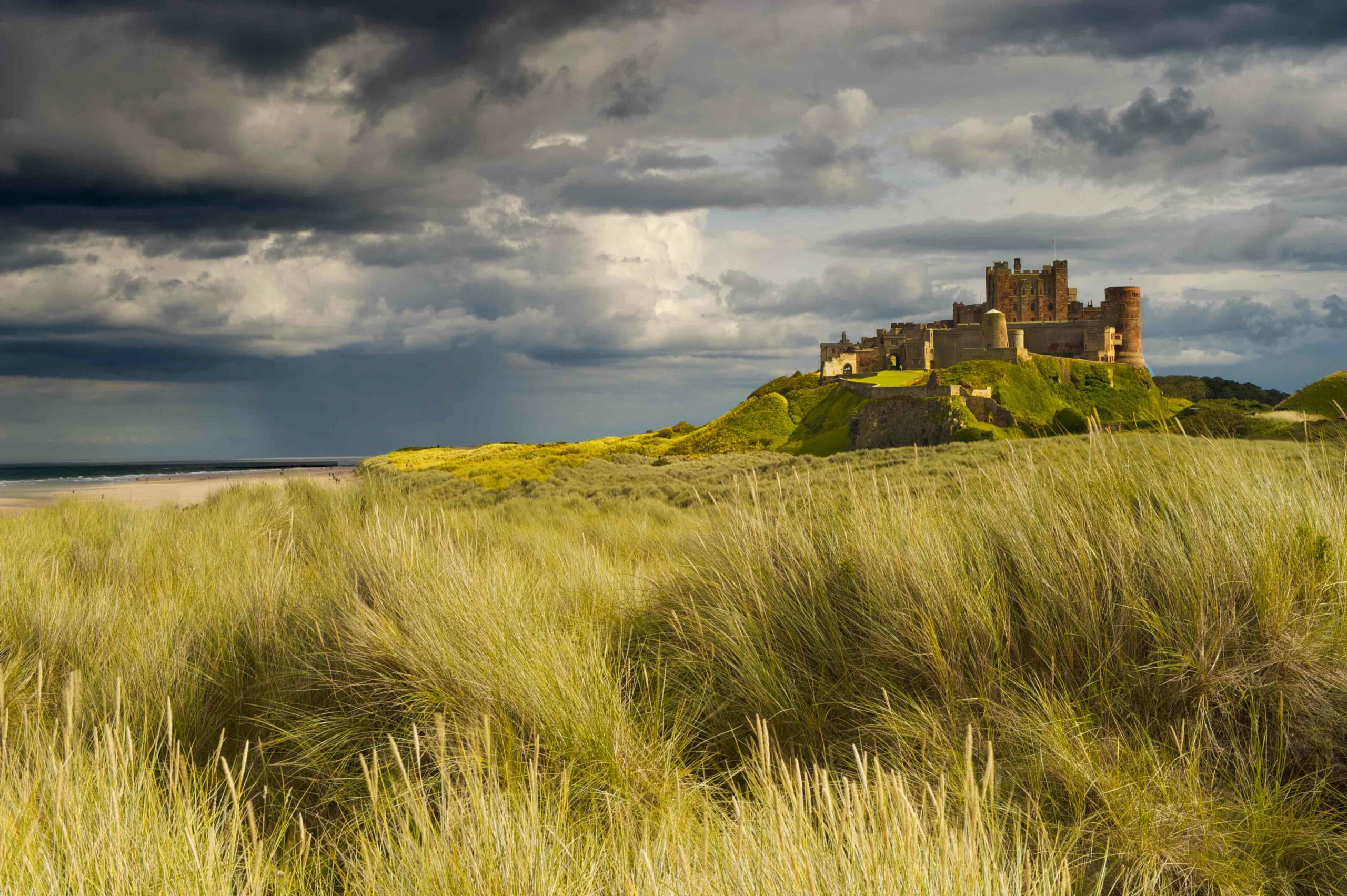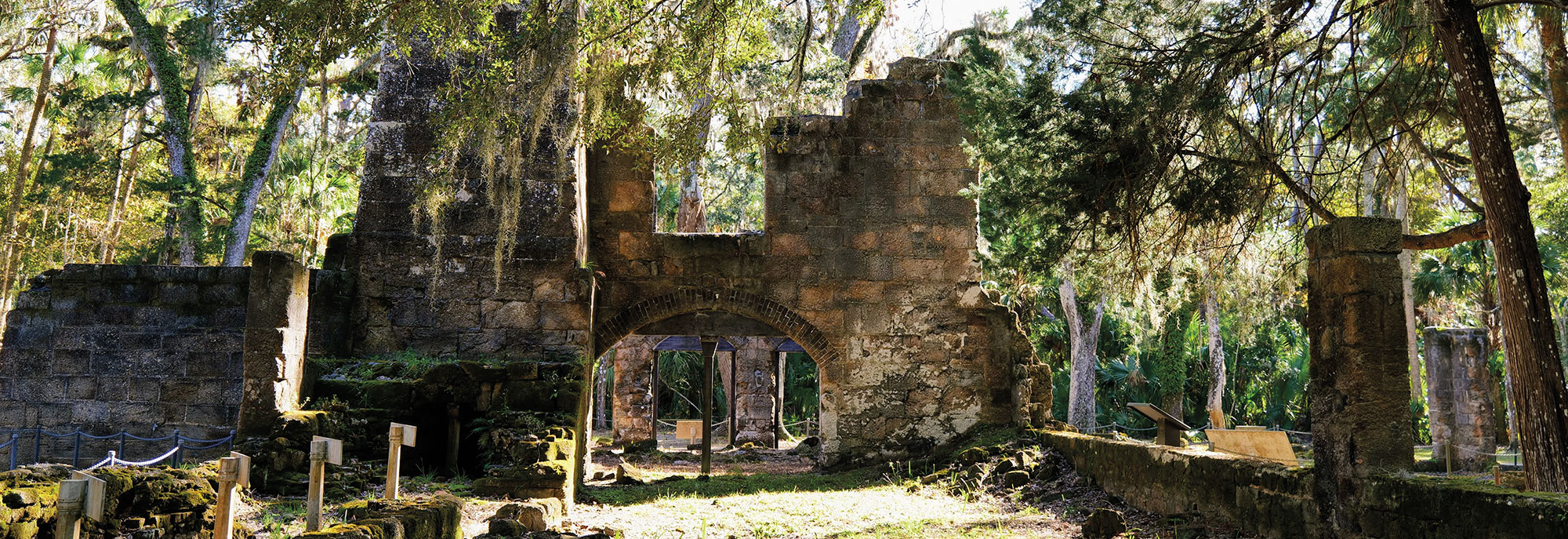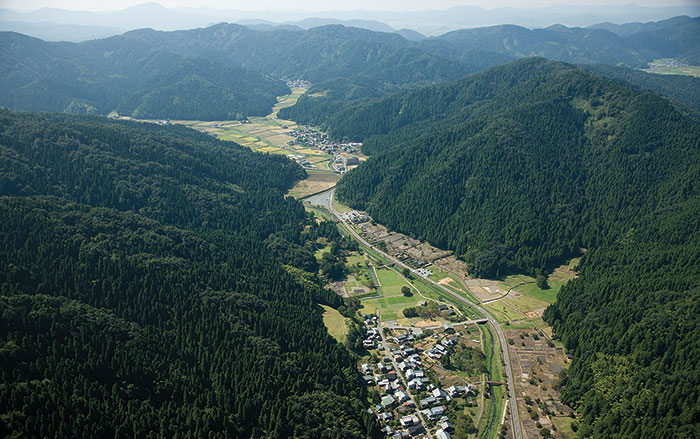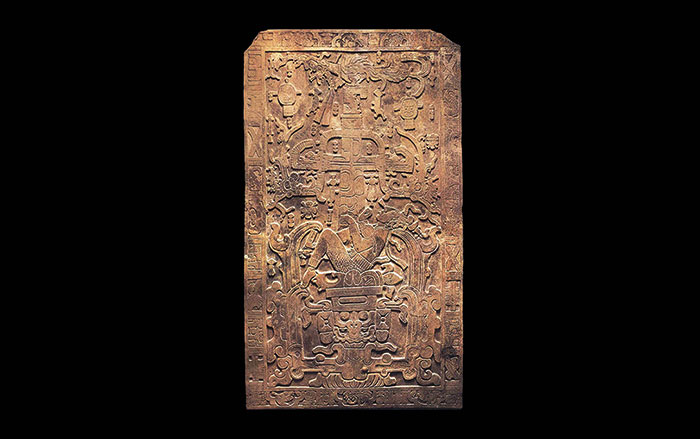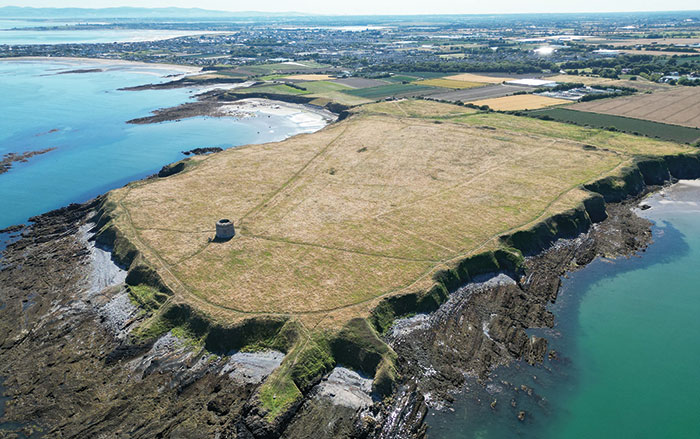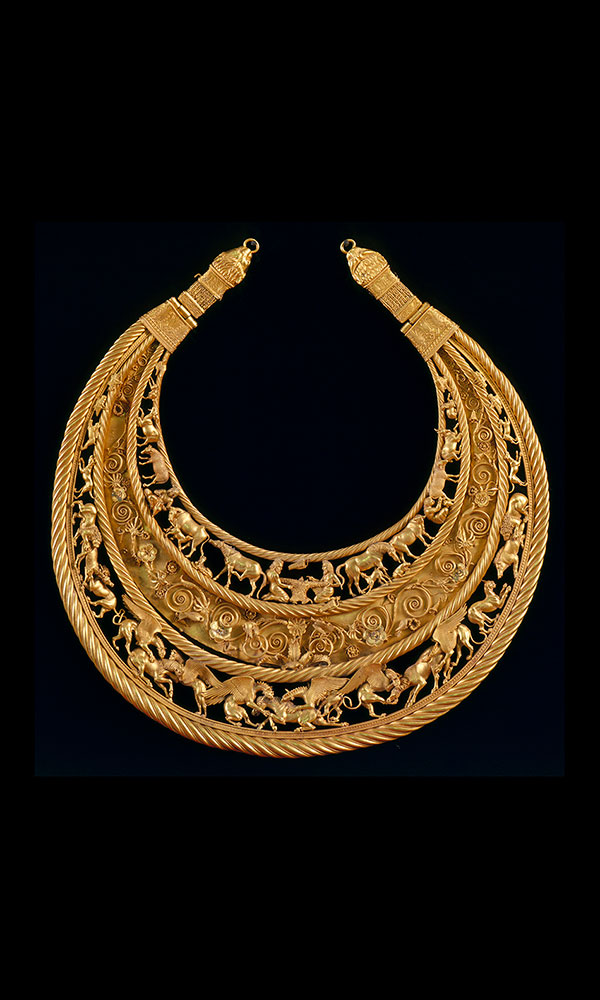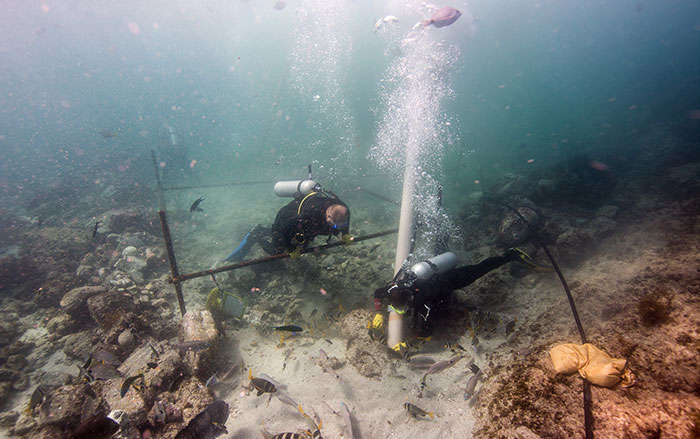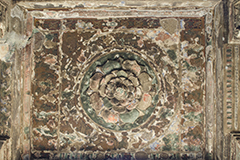
INDIA

INDIA: At Ellora Caves, a complex of more than 30 rock-carved temples in Maharashtra, among countless surviving statues and reliefs, are the remains of frescoes on some walls and ceilings. They’ve survived more than 1,500 years in part, the authors of a new study believe, because hemp—cannabis, known as bhang in India—was mixed with the plaster. The composite material, called hempcrete, can provide strength, thermal insulation, fire resistance, pest resistance, and sound absorption.
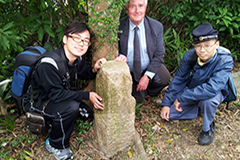
HONG KONG

HONG KONG: Despite World War II and the city’s celebrated modern development, a few fragments of old Hong Kong still survive, such as a recently identified stone marker. It is engraved “B.O. No. 4,” which refers to the “Board of Ordnance,” the British military group responsible for mapping prior to 1855. The position of the stone, in a resort village that was once the site of the British barracks, was confirmed on an 1845 map. It dates to the earliest years of British occupation following the First Opium War (1839–1842). —Samir S. Patel

NEPAL

NEPAL: In the Samdzong tomb complex in Upper Mustang, beside a gold and silver funerary mask, were several textiles that are the subject of a new analysis. They include separate pieces made of wool and horsehair, as well as silk, colored with a variety of organic dyes. Most intriguing was that silk wasn’t produced locally at the time, around 1,500 years ago, which suggests that the area was not isolated as once thought, but had connections with the Silk Road, and that locals ably combined local products with imports from India and China. —Samir S. Patel
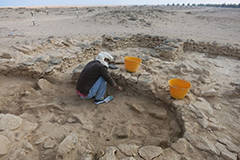
UNITED ARAB EMIRATES

UNITED ARAB EMIRATES: On Marawah Island, excavators have uncovered what they believe is one of the earliest known examples of stone-built architecture in the Arabian Gulf, at 7,500 years old. The site, which appears to have been a house that later became a tomb (a single person was buried inside a partially collapsed room), comes from a time when the Gulf region was far wetter and greener than it is today. Other finds include stone tools, projectile points, and beads, as well as bones from both turtle and dugongs. —Samir S. Patel

BURKINA FASO

BURKINA FASO: Shea butter is a common component of cosmetics and lotions, and in West Africa it is used primarily for cooking (and a variety of other uses, such as waterproofing). It comes from the hard nuts of the shea tree, which are cracked, crushed, roasted, ground, and separated to make a Crisco-like product. Study of charred nutshells from house sites shows that shea has been harvested and processed since a.d. 100, a millennium earlier than was once thought. The trees were apparently protected and maintained as surrounding land was farmed. —Samir S. Patel
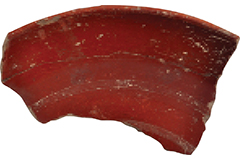
ITALY

ITALY: There are a few ways to keep food from sticking to pans, including modern nonstick coatings, generous use of oil, or well-seasoned cast iron. Written sources state that ancient Romans used cookware called Cumanae testae for making stews, but it has never been known for sure what that pottery was. At a site near Naples, archaeologists think they found the answer in the extensive dump of an ancient pottery factory that coated the inside of its cookware with a distinctive thick red slip that would have done the job—made in quantities large enough to be exported across the empire. —Samir S. Patel

SWITZERLAND

SWITZERLAND: Big wheels of sweet, nutty Gruyère, Comté, Appenzeller, and Raclette: The long history of Alpine Swiss cheese has just gotten longer. Residues on pots found at six sites show that people there were heating milk as part of the cheese-making process in the mountains as far back as the first millennium b.c. This is the earliest known evidence of Alpine dairying, which likely arose as pressure on lowland farming areas drove herders to higher-elevation pastures. —Samir S. Patel

IRELAND

IRELAND: In 1902 scientists found the kneecap of a brown bear in Alice and Gwendoline Cave in County Clare and noted knife marks on it. The find joined the collection of the National Museum of Ireland in the 1920s, and it remained there for around 90 years before it drew the attention of a cave archaeologist, intrigued by evidence of human-bear interaction. Radiocarbon dating shows the patella dates back 12,500 years, making it the oldest known sign of human presence in Ireland by 2,500 years. —Samir S. Patel

FLORIDA

FLORIDA: The period between 1645 and 1715—corresponding roughly to the Golden Age of Piracy—was light on Caribbean hurricanes, according to a new study that brought together shipwrecks, trees, and sunspots. An inventory of shipwrecks was combined with tree rings, which reflect the annual growth of trees (slower in years with hurricanes), to suggest a 75 percent reduction in hurricane frequency around that time. The period is known as the Maunder Minimum, a time of cooler temperatures in the Northern Hemisphere correlated with low sunspot activity. This work might provide insight into how hurricanes will respond to climate change. —Samir S. Patel
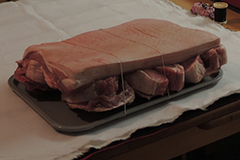
CANADA

CANADA: Using a modern reproduction of a Springfield Model 1795 .69-caliber smoothbore flintlock musket, and a tray of pork belly, shoulder, and chops (together comprising “proxy buttocks”), archaeologists conducted an experiment to determine what injuries from buckshot should look like in the archaeological record. Based on their results, they determined that bone damage on remains from the War of 1812’s Battle of Stoney Creek were caused by these smaller lead pellets—the first archaeological identification of buckshot injuries. —Samir S. Patel


